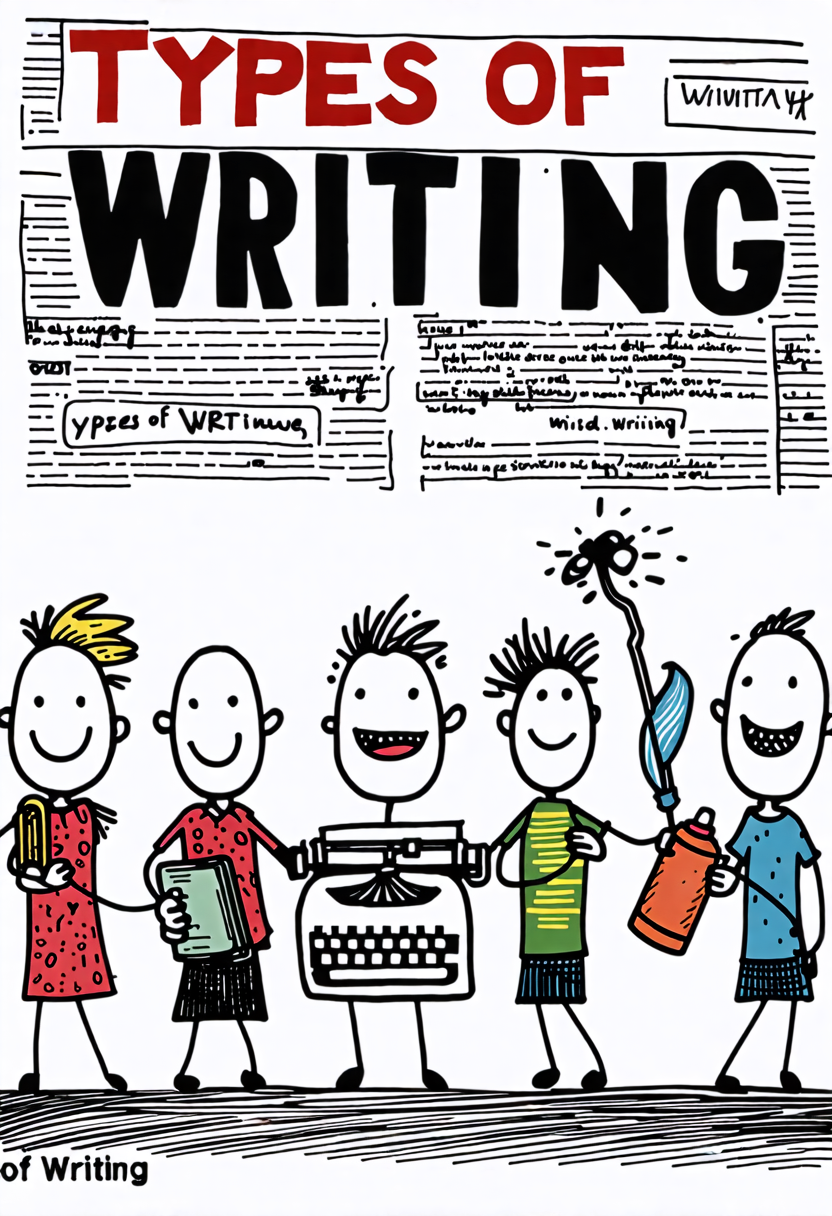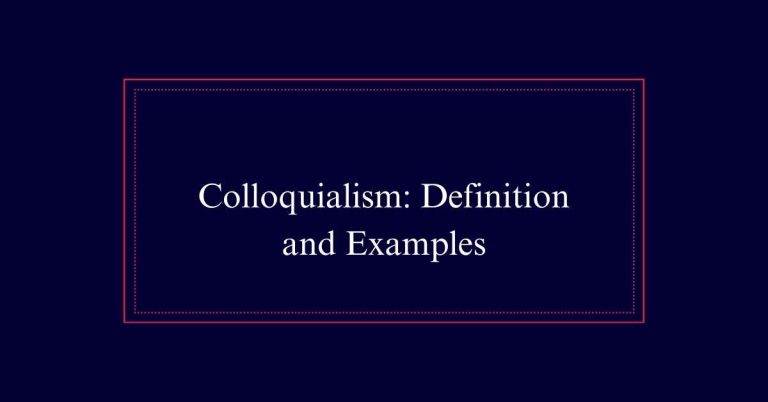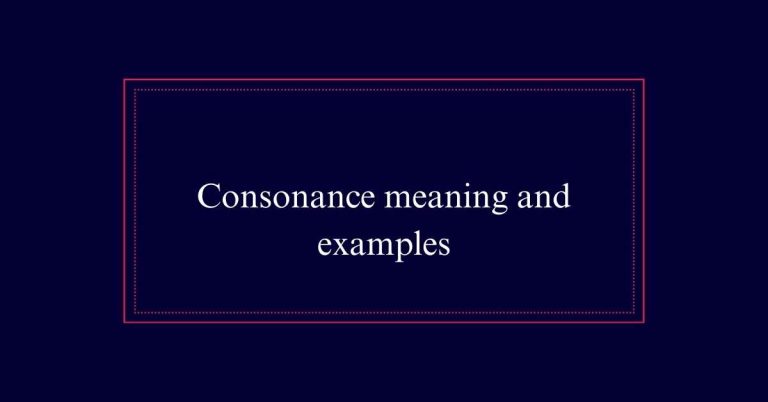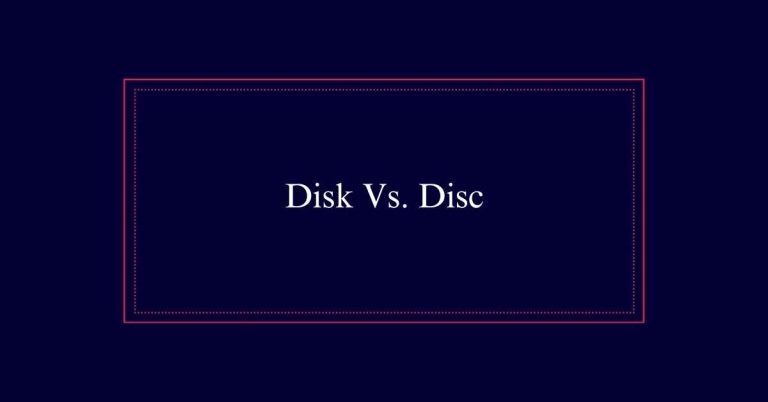4 Types of Writing
Expository writing presents factual information logically and without bias, commonly found in textbooks and manuals. Descriptive writing uses vivid language and sensory details to paint a picture or evoke emotions, frequently seen in poetry and travel writing. Persuasive writing aims to influence the reader’s opinion or prompt action, typical in advertisements and speeches. Narrative writing tells a story, engaging readers through characters and plot, as seen in novels and memoirs.
Expository Writing
Expository writing involves presenting facts and information in a logical and straightforward manner. It is designed to inform and explain without including personal opinions. This type of writing is common in textbooks, journalism, business reports, technical documents, essays, and instructions.
Expository writing is clear and concise, focusing on delivering information effectively. For instance, a paragraph detailing new bike trails would provide factual information without subjective views. The goal is to make the content easily understandable for the reader. By organizing facts logically, it guarantees the reader gains a coherent understanding of the topic.
Expository writing is fundamental for conveying precise information and is essential in educational and professional settings.
Common Uses of Expository Writing
In what contexts is expository writing most commonly used?
Expository writing is frequently found in educational settings, such as textbooks and academic essays, where the goal is to present information clearly and logically. It is also prevalent in journalism, where news articles provide facts without personal bias. Business and technical writing often use expository style to convey procedures, reports, and manuals. Instructions and guides, such as how-to articles, rely on this writing type to explain steps clearly.
Additionally, expository writing is found in digital content, including blog posts and informational websites, where the aim is to inform and educate readers on various topics. This writing style ensures that information is presented in an organized and straightforward manner.
Characteristics of Expository Writing
One key aspect of expository writing is its focus on delivering information in a clear and logical manner. This type of writing aims to inform or explain without including personal opinions or emotions. Clarity and coherence are paramount, ensuring the reader easily understands the presented facts. Expository writing is commonly found in textbooks, manuals, and news articles.
| Characteristic | Description |
|---|---|
| Objective | Provides unbiased, factual information |
| Structured | Organized logically with clear, concise paragraphs |
| Informative | Aims to educate or inform the reader |
| Evidence-Based | Uses facts, statistics, and examples to support information |
Examples of Expository Writing
Examples of expository writing can be found in various forms such as textbooks, instructional manuals, and news articles. Textbooks provide factual information and explanations on subjects like science or history. Instructional manuals offer step-by-step guidance on performing tasks, such as assembling furniture or using software.
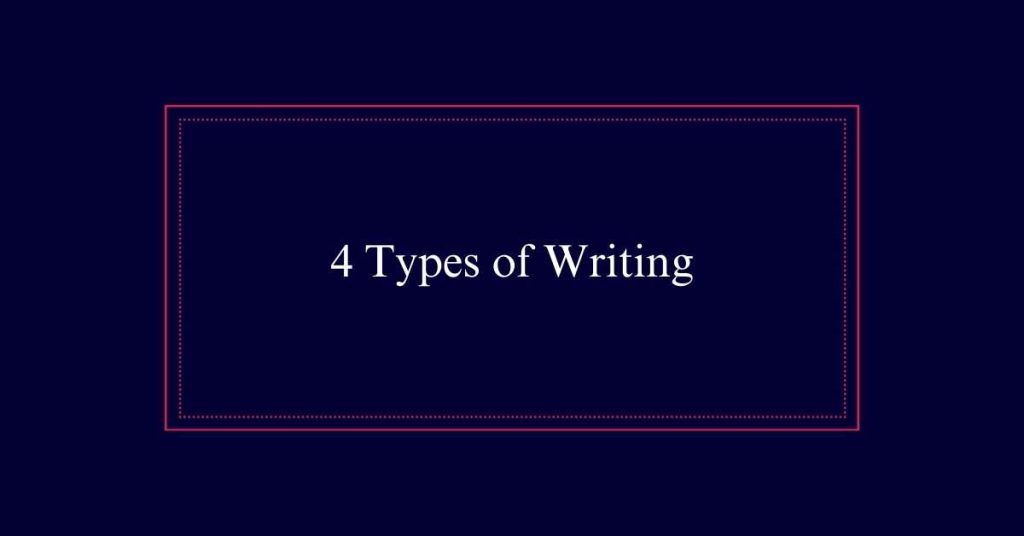
News articles report events and facts without including the writer’s personal opinions, aiming to inform the reader objectively. Academic essays often follow an expository style, presenting theories and supporting evidence methodically. Technical writing, common in user guides and technical documentation, explains complex information clearly.
Each of these examples shares the goal of delivering clear, factual information to educate or inform the reader.
Descriptive Writing Essentials
Descriptive writing captures vivid images of people, places, and events, engaging the reader’s senses. It is an essential skill for creating immersive and compelling narratives. This type of writing uses detailed observations and sensory details to paint a picture in the reader’s mind.
Mastering descriptive writing involves focusing on specific elements to enrich the text.
- Sensory Details: Use sight, sound, smell, taste, and touch to create a full sensory experience.
- Precise Language: Choose specific words that precisely convey the scene.
- Vivid Imagery: Employ metaphors, similes, and adjectives to make descriptions come alive.
- Show, Don’t Tell: Illustrate your points through detailed descriptions rather than straightforward statements.
- Focus and Clarity: Maintain clear and focused descriptions to avoid overwhelming the reader.
Applications of Descriptive Writing
Essentially, mastering descriptive writing can greatly enhance various forms of communication by making them more engaging and vivid.
In fiction, it brings characters and settings to life, allowing readers to visualize the story.
In poetry, it creates rich imagery, evoking emotions and moods.
Advertisers use descriptive language to paint appealing pictures of products, making them more desirable.
Journal writers use it to capture moments with sensory details, making their entries more immersive.
Travel writing benefits from vivid descriptions of locations, enticing potential visitors.
Even technical and instructional writing can be improved with descriptive elements, clarifying complex processes.
Essentially, descriptive writing enriches content by adding depth and dimension, making information more memorable and impactful.
Crafting Descriptive Writing
Creating engaging and vivid scenes through descriptive writing requires careful attention to detail and the use of sensory language. This style aims to immerse the reader by painting a picture with words.
To craft effective descriptive writing, consider the following:
- Use all five senses: Describe what characters see, hear, smell, taste, and touch.
- Show, don’t tell: Instead of stating facts, illustrate actions and feelings.
- Vivid vocabulary: Choose specific and vivid words to evoke strong images.
- Metaphors and similes: Use these to create relatable and imaginative comparisons.
- Focus on details: Small, specific details can bring a scene to life.
Persuasive Writing Techniques
Persuasive writing employs specific techniques to convince the reader to adopt a particular viewpoint or take action. Key methods include the use of strong arguments supported by evidence, such as statistics, quotes, and examples.
Emotional appeals also play an essential role, tapping into the reader’s feelings to create empathy or urgency. Additionally, the writer may establish credibility by showcasing expertise or trustworthiness.
Repetition of key points reinforces the message, while rhetorical questions engage the reader, prompting them to think critically about the issue. Using clear and concise language guarantees the argument is easily understood.
These techniques, when combined, create a compelling and persuasive piece of writing designed to sway the reader’s opinion or prompt action.
Narrative Writing Elements
Narrative writing elements include characters, setting, plot, conflict, and resolution. Characters are the individuals who drive the story forward.
The setting provides the backdrop where the events unfold. The plot is the sequence of events that make up the story.
Conflict introduces tension and complications that challenge the characters. Resolution brings the story to a satisfying close by resolving the conflict.
Key elements to remember in narrative writing:
- Characters: The people or beings in the story.
- Setting: The time and place where the story occurs.
- Plot: The sequence of events in the narrative.
- Conflict: The challenges or problems faced by characters.
- Resolution: The conclusion that resolves the story’s conflict.
Frequently Asked Questions
How Can I Improve My Persuasive Writing Skills?
To improve your persuasive writing skills, focus on understanding your audience, presenting clear arguments, and using strong evidence. Practice writing regularly, study persuasive techniques, and seek feedback to refine your approach.
What Are Common Mistakes in Narrative Writing?
Common mistakes in narrative writing include weak plot development, inconsistent character behavior, excessive exposition, lack of clear conflict, poor pacing, and insufficient sensory details. Avoiding these issues can greatly enhance the quality of your narrative.
How Does Descriptive Writing Enhance Storytelling?
Descriptive writing enhances storytelling by vividly painting scenes and characters, engaging the reader’s senses. This creates a more immersive experience, allowing readers to visualize and emotionally connect with the narrative more deeply.
What Tools Aid in Organizing Expository Writing?
Tools that aid in organizing expository writing include outlines, headings, bullet points, and graphic organizers. These tools help structure content logically, ensuring clarity and coherence, which are essential for effectively communicating information and ideas.
Can Persuasive Writing Be Used in Technical Documents?
Persuasive writing can be used in technical documents to advocate for specific solutions, highlight benefits, or influence decision-making. It is effective in proposals, recommendations, and reports where convincing stakeholders is essential.
